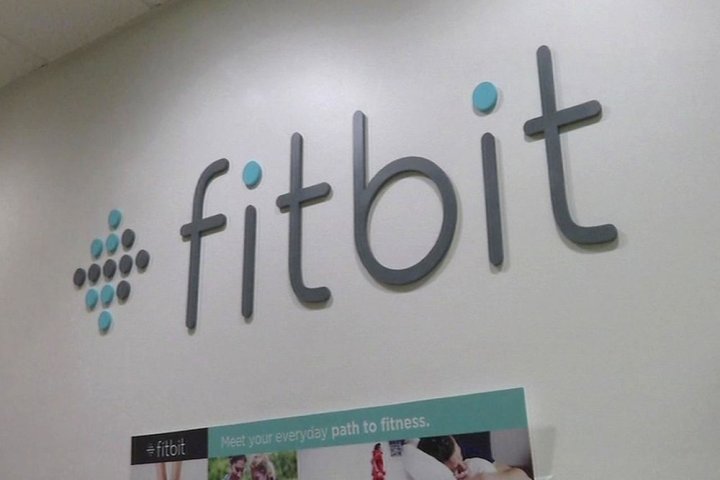
Fitbit has struggled to produce the Flex 2, the clip-on wearable the company launched in August. The $100 device, like most other activity trackers and smartwatches on the market, records such metrics as miles traveled, hours slept, and steps taken. But it lacks a GPS and screen, instead relying on a paired smartphone for distance tracking and a five-LED array to indicate when you’re nearing predefined activity goals. It features Fitbit’s Smart Track feature, which automatically recognizes when you start certain exercises, and lasts up to five days on a charge. And it tracks swimming, a first for a Fitbit model.
The Flex’s waterproof design posed a bigger fabrication challenge than the company first realized, James Park, Fitbit’s chairman and chief executive, told The Verge. “I think it’s the smallest device [of that form factor] on the market,” Park said. “[That] made it incredibly difficult to swim-proof it and to find batteries for it … [It’s] fairly complex and that’s due to its incredibly tiny form factor.”
As a result of the wristband’s complexity, the company was forced to adopt what Park described as a “non-optimal” production process. “We had to move to a fully automated production process to make the product,” he said, “so there were a lot of things we had to learn along the way.”
The end result was constrained supply. That, in tandem with a 45-percent contraction in growth in Asia-Pacific markets, contributed to a disappointing third quarter for the fitness firm. Fitbit managed to ship 5.3 million units, up 11 percent year over year, but it reported earnings of $504 million — $3 million under Wall Street’s projections. And it gave weak guidance for its upcoming fourth quarter: It expects revenue of between $725 million and $750 million, far short of the $985.1 million investors were anticipating.
That news sent the company’s shares plummeting 30 percent in extended trading on Wednesday. This is the continuation of a trend: Fitbit’s stock has fallen 55 percent since its initial public offering in June.
“We continue to grow and are profitable, however not at the pace previously expected,” Park said during the company’s earnings call. “We are focused on improving the utility of our products and integrating more deeply into the healthcare ecosystem and believe we can leverage our brand and community to unlock new avenues and adjacencies of growth.”
Part of that “improvement” involves “new form factors,” Park said, but he refused to divulge more.
Interestingly, Park said the recent launch of Apple’s Watch Series 2 hadn’t materially impacted Fitbit’s device sales the past quarter. “We’re not seeing impact from the competitive situation,” he said. It remains to be seen if the Nike+ edition of the Watch Series 2, which tightly integrates Nike’s fitness platform and launched last week, will change the current dynamic.


